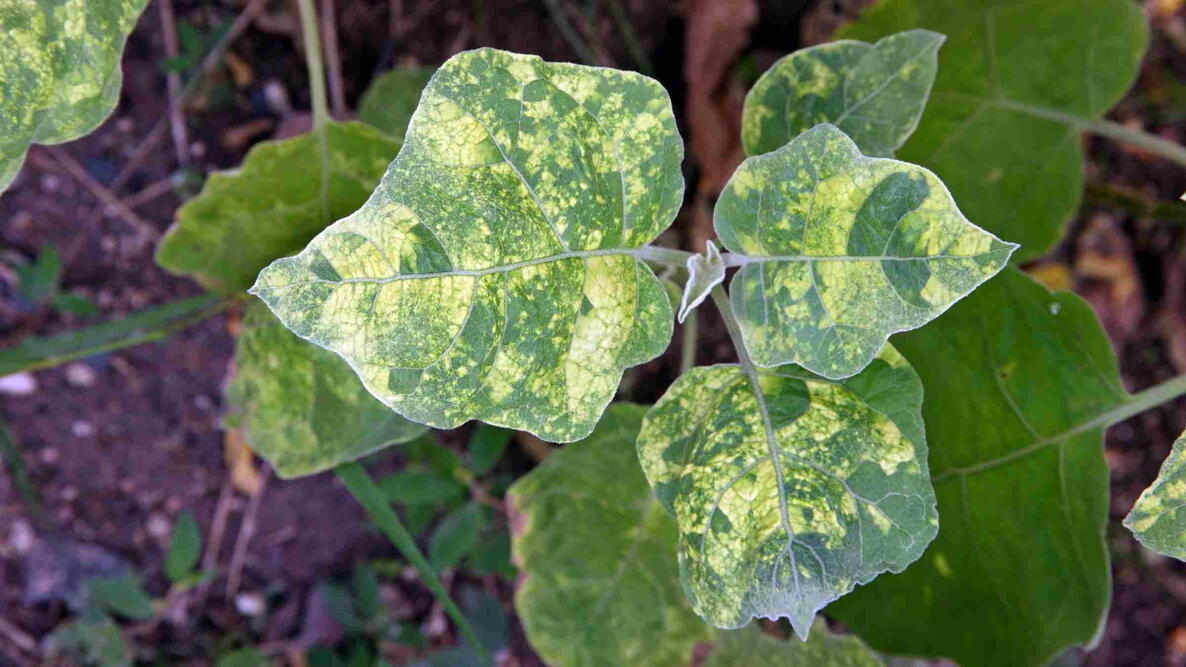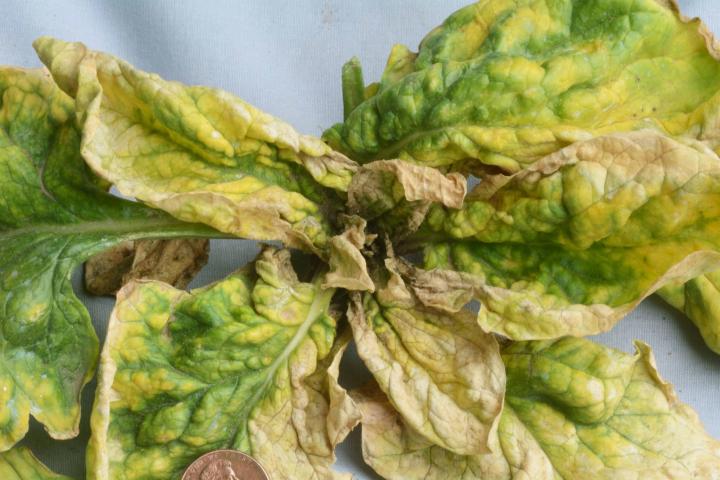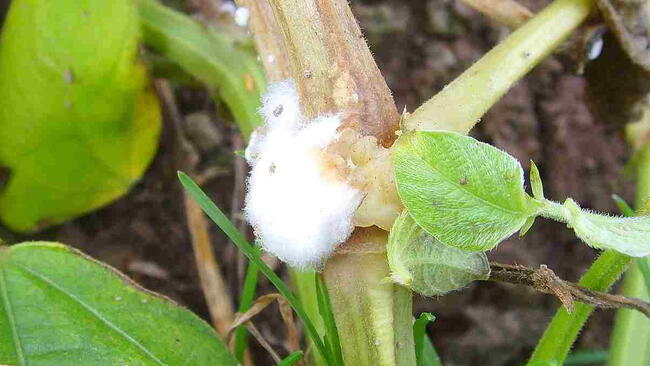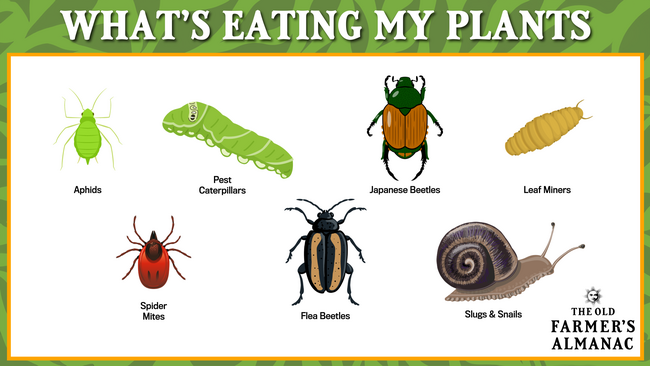
Caption
Eggplant feeling under the weather—yellow mosaic virus strikes, leaving patchy yellow leaves instead of lush green!
Photo Credit
Lertwit Sasipreyajun
Subhead
Spotting and Stopping Mosaic Viruses Before They Take Over Your Garden
Read Next
Gardening Products
More Like This
Do traces of the virus remain in the soil? I assume when pulling out infected plants, we should get all of the roots so none of the virus remains, but I am curious about any organic matter in the soil retaining the virus and transmitting it to any new plant planted in that spot.
Dear Mary,
Yes, traces can remain in the soil. Indeed, you'll want to remove the roots, as much as possible. Below are more tips to minimize the damage.
Good luck!
—The Editors
To combat mosaic viruses:
- Remove all infected plants and destroy them.
- Do NOT put them in the compost pile, as the virus may persist in infected plant matter.
- Burn infected plants or throw them out with the garbage.
- Monitor the rest of your plants closely, especially those that are located near infected plants.
- Disinfect gardening tools after every use.
- Keep a bottle of a weak bleach solution or other antiviral disinfectant to wipe your tools down with.
Has anyone tried planting aromatic plants that are effective against viruses in area that had been infected with the mosaic virus? I am thinking of melissia/bee balm, oregano, thyme. I may try a solution to mix in soil with essential oils effective against viruses, too. Anyone have experience using natural methods to purify the soil? Thanks
Great advice and guide.
I have had a problem with this virus for three year, starts in my potatoes then to beans and then to tomatoes. Complete new bed this year and soil, and still my early potatoes are showing the sign of the virus. Are you saying pull all those plants out but then what can I do to the bed to try and eradicate it regards Jeff
I planted one Jostaberry bush beside my red currants. It's leaves (top surface) are now covered with tan colored lines along the leaf veins. The leaves are green but for the tan areas. There is no other color, spots or mildew. If this is a virus, should l just dig up the Jostaberry bush and burn it? It was planted this spring, saw no flowers/fruit. The bush is about 4' tall. Thanks for your help.
Gday mate I was clearing out some soil of a plant which I didnt know had mosaic. At this stage im still not too sure so but nonetheless, I poured the soil indiscriminately into my backyard. Any tips?
- « Previous
- 1
- 2
- …
- 10
- Next »











Comments